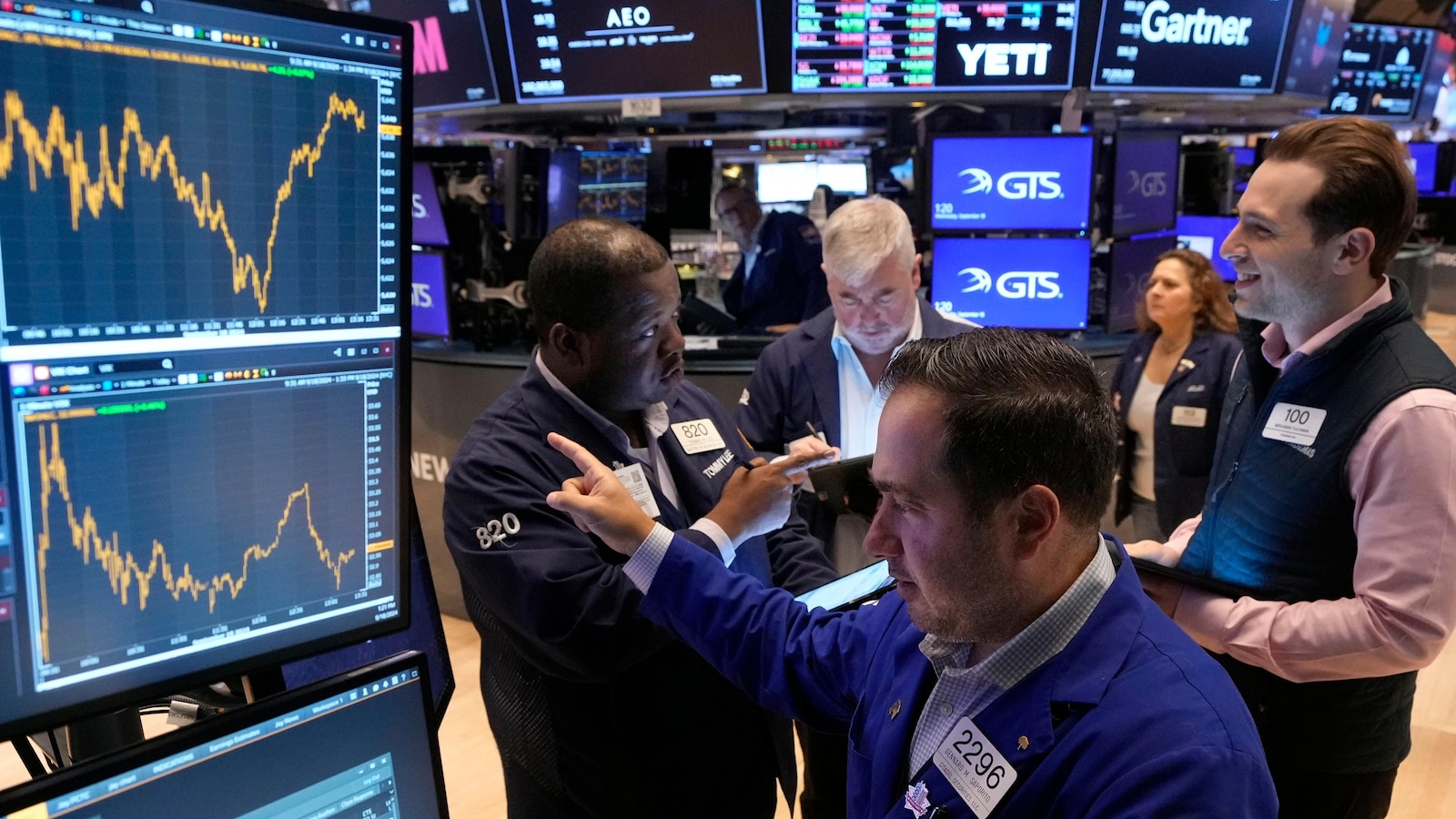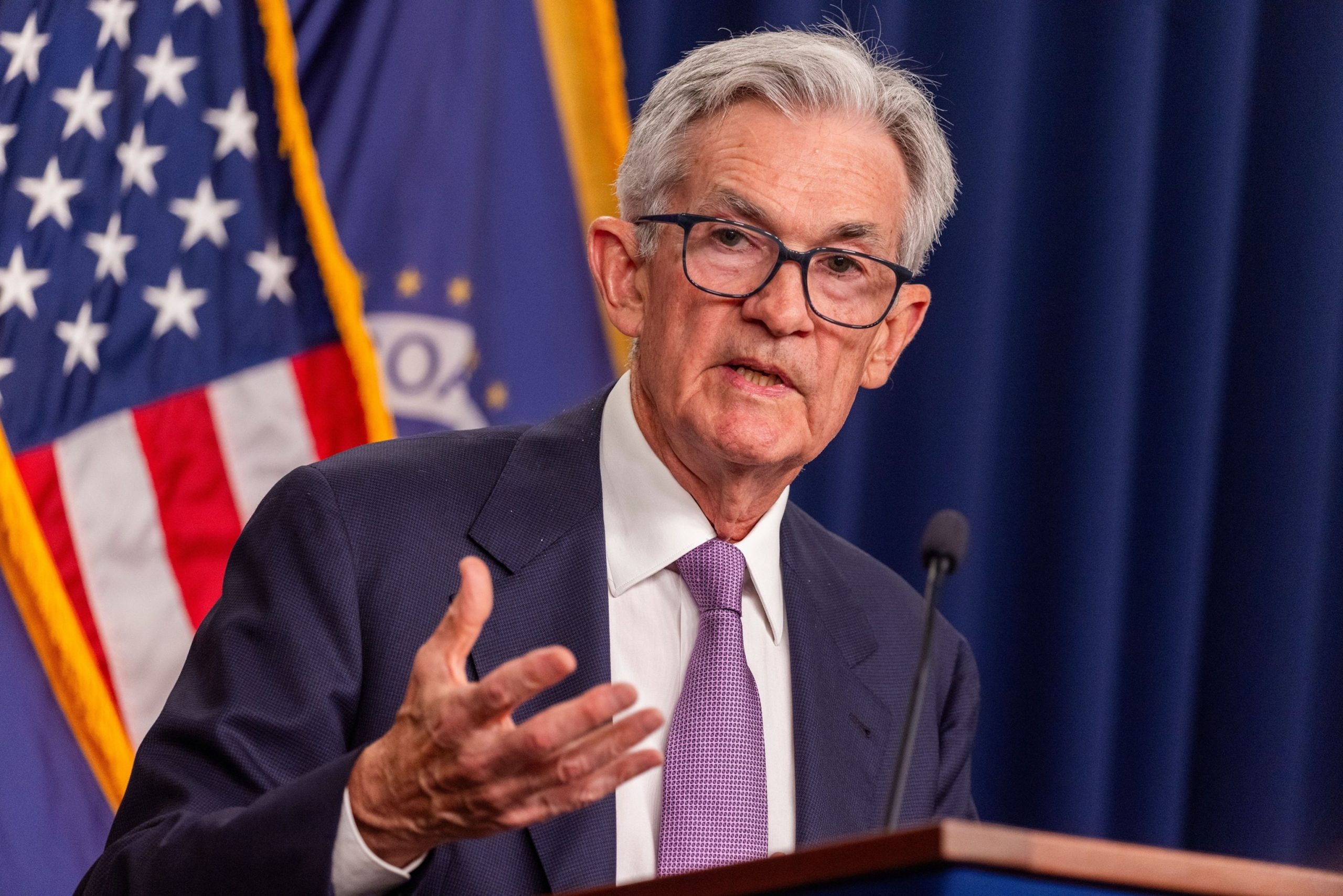
WASHINGTON — U.S. job openings fell in April to the lowest level since 2021. But they remained at historically strong levels despite high interest rates and signs the economy is slowing.
The Labor Department reported Tuesday that employers posted 8.1 million vacancies in April, down from a revised 8.4 million in March. The March figures had originally come in at 8.5 million.
Still, layoffs fell, and the number of Americans quitting their jobs — a sign of confidence in their prospects — rose in April.
Monthly job openings have come down steadily a peak of 12.2 million in March 2022 — as the economy’s recovery from COVID-19 lockdowns left companies desperate for workers — but they remain at a high level. Before 2021, they never topped 8 million — a threshold they have now reached for 38 straight months.
The high level of job openings reflects a surprisingly strong U.S. labor market. When the Federal Reserve began raising interest rates in March 2022 to combat a resurgence in inflation, the higher borrowing costs were expected to tip the economy into recession and push up unemployment.
Instead, the economy kept growing and employers continued to hire. The United States has averaged a solid 234,000 new jobs a month over the last year. On Friday, the Labor Department is expected to report that employers added another 180,000 jobs, according to a survey of forecasters by the data firm FactSet.
The unemployment rate is expected to come in at 3.9%, which would be the 28th straight month it’s been below 4%. That would be the longest such streak since a 35-month run from 1951 through 1953 during the Korean War.
Still, high rates are taking a toll. The economy grew at an annual rate of just 1.3% from January through March, the slowest since spring 2022. Much of the first-quarter slowdown was caused volatile factors such as a surge in imports and a reduction in business inventories. Consumer spending, which accounts for 70% of U.S. economic activity, kept growing but at a slower annual pace — 2%, down from 3.3% in the last three months of 2023.
The economy had been expected to get a lift from lower rates. The Fed signaled that it planned to cut its benchmark rate three times this year. But the start of the cuts keeps getting pushed back because inflation remains stubbornly above the central bank’s 2% target.
Now Wall Street investors don’t expect the first cut until the Fed’s September meeting, according to the CME FedWatch tool.
Fed policymakers likely welcome lower job openings — a relatively painless way to cool a hot job market and reduce pressure on companies to raise wages, which can feed inflation.
“Overall, job openings are still elevated, signaling strong demand for workers,” said Rubeela Farooqi, chief U.S. economist at High Frequency Economics. ”But they continue to move in the right direction, towards pre-pandemic readings, pointing to an ongoing normalization between supply and demand for labor.”
___
AP Economics Writer Christopher Rugaber contributed to this story.
The US job market has seen a significant decrease in job openings, with the number falling to 8.1 million in recent months. This marks the lowest level of job openings since 2021, raising concerns about the state of the economy and the ability of businesses to find qualified workers.
The decrease in job openings can be attributed to a number of factors, including the ongoing impact of the COVID-19 pandemic, labor shortages in certain industries, and the overall uncertainty in the economy. Many businesses have been struggling to find workers to fill open positions, leading to a decrease in job openings across the country.
One of the main reasons for the decrease in job openings is the ongoing labor shortages in certain industries. Industries such as hospitality, retail, and healthcare have been hit particularly hard by the pandemic, with many workers leaving these sectors or choosing not to return to work due to health concerns or other reasons. This has left many businesses with open positions that they are struggling to fill, leading to a decrease in job openings overall.
In addition to labor shortages, the uncertainty in the economy has also played a role in the decrease in job openings. Many businesses are hesitant to hire new employees or expand their workforce due to concerns about the future of the economy and the potential for another wave of the pandemic. This has led to a decrease in job openings as businesses take a more cautious approach to hiring.
The decrease in job openings is concerning for both businesses and job seekers. Businesses are struggling to find qualified workers to fill open positions, which can hinder their ability to grow and expand. Job seekers may also face challenges in finding employment, as the decrease in job openings means there are fewer opportunities available.
To address the decrease in job openings, policymakers and businesses will need to work together to find solutions that can help stimulate job growth and address labor shortages. This may involve investing in workforce development programs, offering incentives for businesses to hire new employees, and addressing the underlying issues that are contributing to the decrease in job openings.
Overall, the decrease in job openings to 8.1 million is a concerning trend that highlights the challenges facing the US job market. By working together to address labor shortages and stimulate job growth, policymakers and businesses can help create a more robust and resilient economy that provides opportunities for all Americans.


